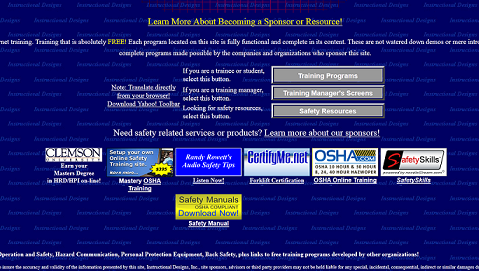You may think that once a website is built, it just works regardless of what browser you are viewing it in. Not necessarily true. Building a website that looks and functions consistently on multiple platforms and multiple browsers can be a very arduous task. Many designers build sites on a given platform but may not be viewing the site or performing extensive quality assurance testing for multiple platforms and browsers. If this is overlooked, you can run the risk of having a certain percentage of your potential visitors having a bad experience when they view your site. You always want to try and make a good first impression with visitors and try to make your site as universally available as possible. The challenge is to continually keep up with all of the new versions of browsers and new operating environments out there.
Before launching a site for our clients, the Digital Dogs team completes comprehensive quality assurance testing to make sure the site is functioning properly for a large variety of common platforms and browsers such as Macintosh Safari, Microsoft Internet Explorer, Mozilla FireFox and Google Chrome. We also work closely with our clients to find out exactly what functionality is needed on the site, who is your audience, what devices will they be using, etc. If you need your website to run on specific mobile devices, iPad or specific tablet computers, it’s best to let your web developer know this information up front. It may require additional development time to enable the functionality you have on your full-version website to work on these other devices. Don’t assume that it will work on everything.
If you’re like me, you might also find it interesting to look at current technology trends. Here are some web browser, operating system and smartphone market share stats.
According to W3Counter (w3counter.com), here is a breakdown of the current Web Browser Market Share data:
• Internet Explorer (35.1%)
• FireFox (26.1%)
• Chrome (20.9%)
• Safari (6.0%)
• Opera (2.4%)
According to NetMarketShare (marketshare.hitslink.com), this is the breakdown of Operating System Market Share:
• Windows (86.57%
• Mac (6.04%)
• iOS (3.27%)
• Java ME (1.11%)
• Linux (1.04%)
• Android (0.97%
• Other (0.65%
According to nielsenwire (Nielsen.com), latest smartphone market share numbers are as follows:
• Android OS (36%)
• Apple (26%)
• RIM Blackberry (23%)
• Windows Mobile (9%)
• HP WebOS (2%)
• Symbian OS (2%)
• Windows Phone 7 (1%)
• Palm OS (1%)



